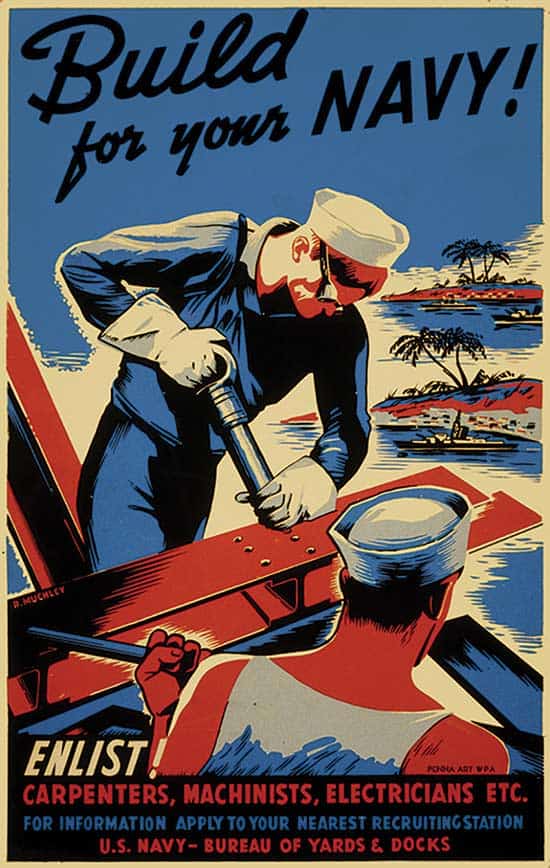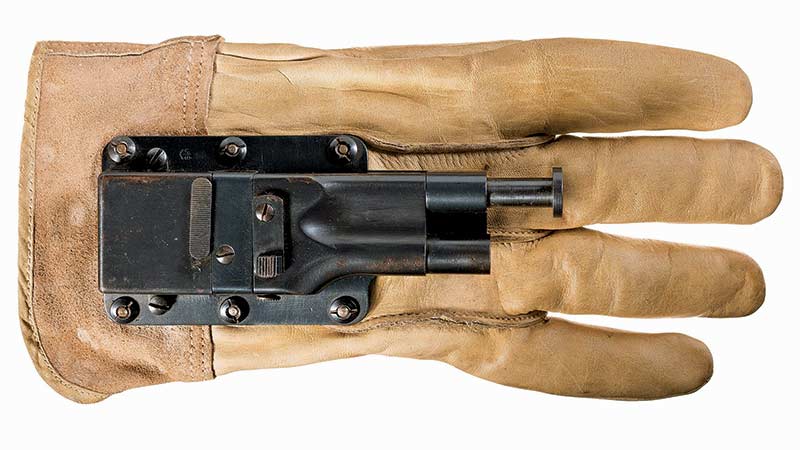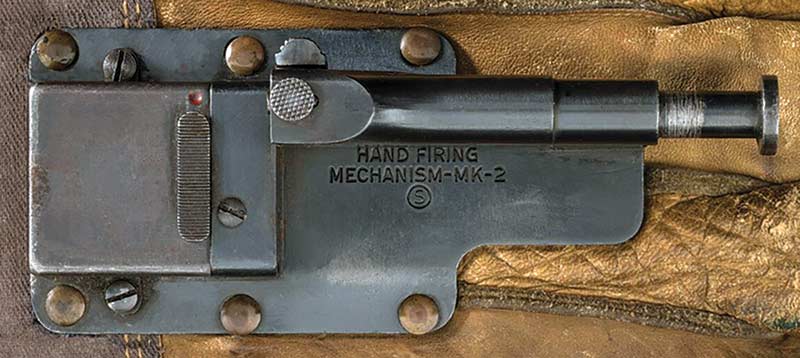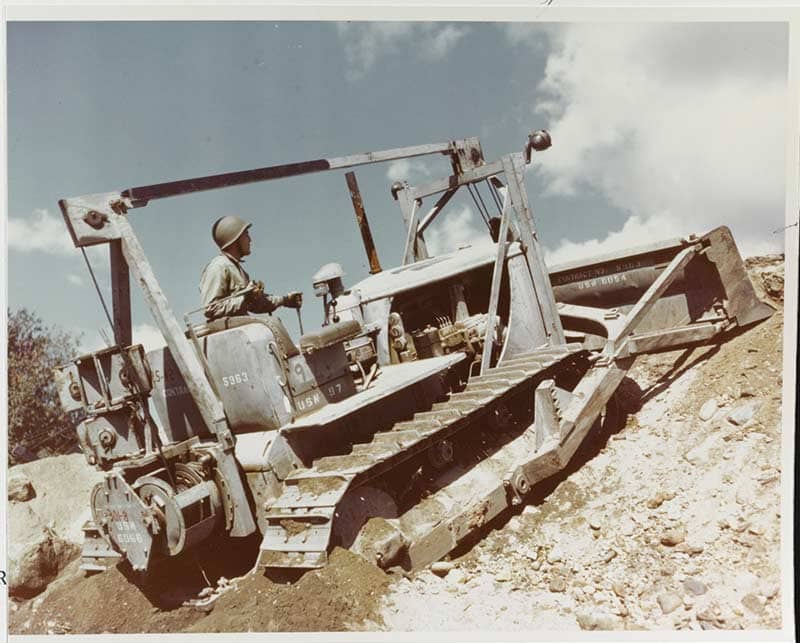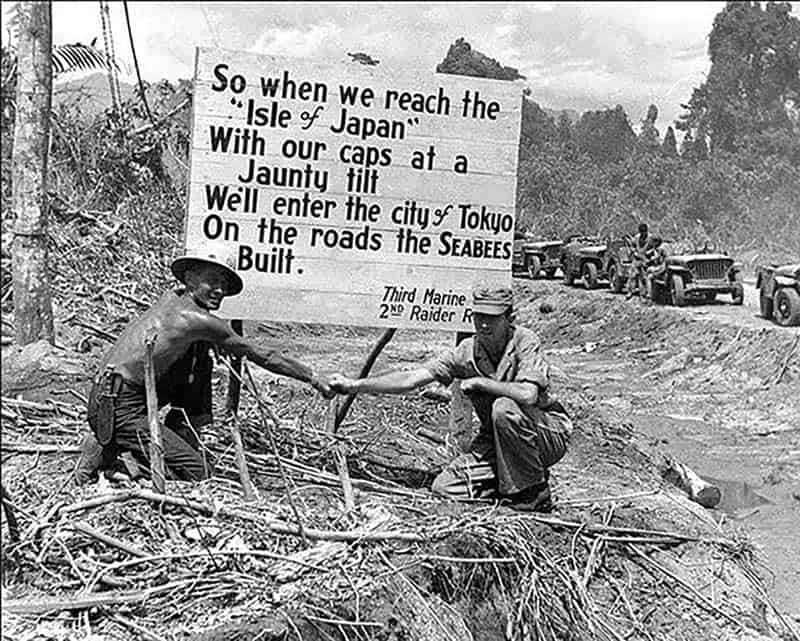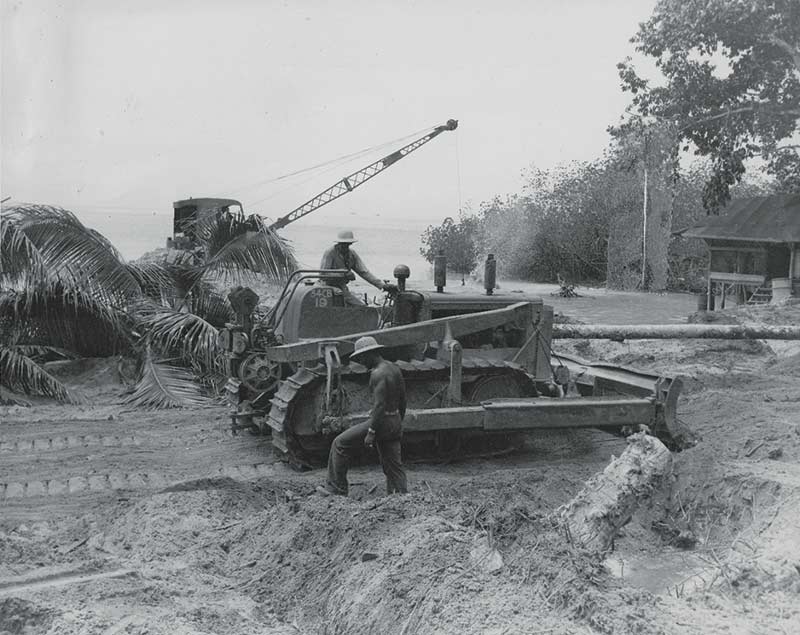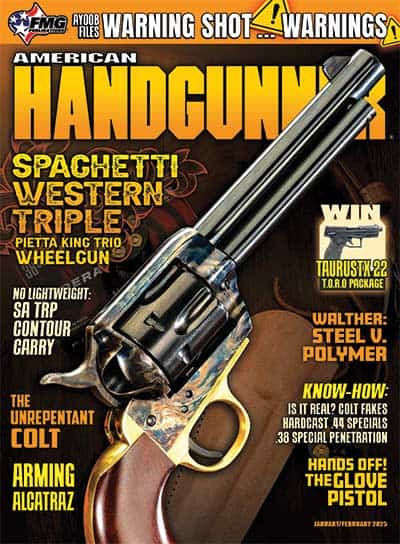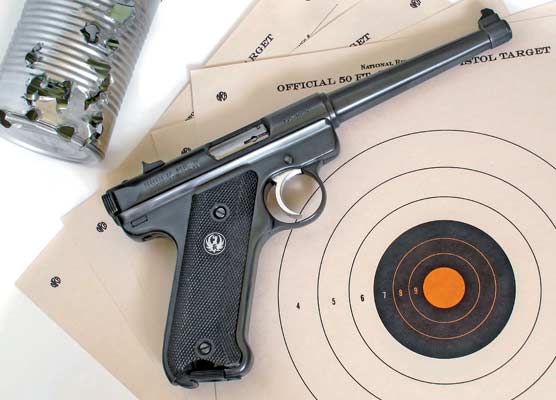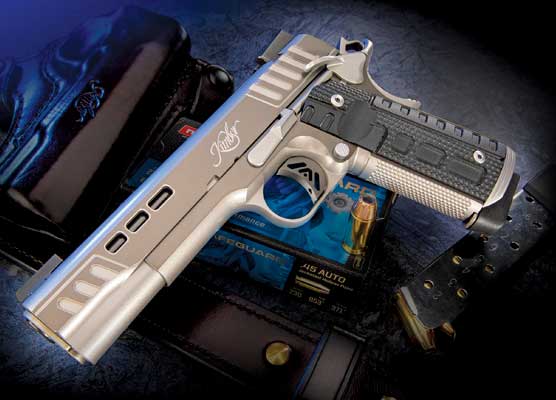The Ultimate "Hand" Gun
The Sedgely Glove Pistol
On February 29, 1944, U.S. Navy Captain Stanley M. Haight filed a U.S. patent application for “a firearm which is adapted to be used when in actual physical contact with the enemy as in hand-to-hand fighting during warfare … the purpose is to provide the wearer with a lethal weapon which he may keep attached to his person at all times without undue difficulty. Modern warfare, with its infiltration and surprise, entails considerable hand-to-hand fighting. Due to the surprise nature of these attacks, the attacked personnel are frequently caught comparatively unarmed, in that they have laid aside their normal arms while engaged in other duties, or while sleeping, etc.”
In principle, the weapon described was a terrific idea. After the war, on July 8, 1947, U.S. Patent 2,423,448 was issued to Haight for his Fist Gun invention, but it was his earlier, simpler design that was actually put into production and apparently saw limited (very limited) issue among U.S. Navy and USMC personnel operating in the Pacific Theater. That weapon was the Hand Firing Mechanism MK 2. Attached to the back of a heavy leather work glove, these .38 S&W and later .38 Special, single-shot weapons were discharged by depressing a plunger that extended about an inch past the knuckles when the wearer made a fist. The rear of the plunger was connected directly to a rotating hammer protected behind a sheet metal casing at the wrist. Punching an adversary with sufficient force would automatically fire the cartridge. That’s one hell of a punch!
“Safe” Production
The Hand Firing Mechanism MK 2 is probably the rarest of the American military martial handguns from World War II, with a high estimate of 200 made, all by the R.F. Sedgley Company, located near the Philadelphia Navy Yard. By the summer of 1943, the Navy was evaluating Captain Haight’s prototype and found it sufficiently interesting to contract with Sedgley for a small run. Modifications were incorporated to make it less likely to be accidentally discharged, a potential problem noted during the brief field testing.
A flat bar, sliding, safety with a grooved face ran transverse to the barrel on the outside of the weapon, where it could be readily operated with a gloved hand. When on safe, the plunger’s movement was blocked. An exposed red dot indicated the weapon was ready to fire.
Forward of the safety was a larger swinging lever that opened the action, allowing the barrel assembly to pivot around the plunger for loading and unloading. A small round button on the bottom of the barrel assembly immediately below the chamber was slid rearward to partially extract the loaded or fired case, exposing enough of the rim for fingertip removal. All were made of steel with a blued finish. The weapon would work equally well mounted on either hand.
A number of the surviving examples (that are not fakes) were found attached to a standard issue U.S. Navy leather work glove with slotted, truss head, screw fasteners. They have been found mounted to both left and right hand gloves and one mint example supposedly in its original box included an extra layer of leather inside the glove beneath the weapon’s thick sheet metal base to protect the top of the hand from abrasion. Some known genuine examples have been found with a small U.S. Navy stamp (an anchor with a “U” and “S” on either side of the shank) on the sheet metal and roll stamped beneath the barrel in at least two distinct ways.
Little Secrecy, Little Value
Similar to the FP-45 Liberator, the U.S. Navy’s Hand Firing Mechanism MK 2 (variously called the Navy Glove Pistol, Sedgely Glove Pistol, OSS Glove Pistol, etc., etc., by collectors) is an extremely rare weapon, cleverly conceived but impractical in actual use, with a “history” that is more myth than fact. Unlike the FP-45, the Hand Firing Mechanism MK 2 was not a clandestine, top-secret project. Filing a patent application during wartime is not how one keeps a secret.
It’s also hard to imagine it being of much value to the OSS (or later CIA) when used as conceived. Quentin Tarantino’s fantasy World War II film Inglourious Basterds shows a weapon inspired by the Hand Firing Mechanism MK 2 used attached to a waiter’s white glove. For this to work with the real weapon, the glove would need to be thick and strong enough and tight enough on the wearer’s hand to prevent the weapon from simply tearing free or deflecting during the punch, preventing the plunger from depressing with sufficient force to ignite the cartridge primer.
With so many tiny .25, .32 and .380 ACP vest pocket automatic pistols in circulation offering more firepower and easier concealment, there’s no sensible reason to use a single-shot fist gun. That is not to say that the OSS might not find use for these weapons in other ways. I can imagine that by installing them inside a common object like a book, briefcase, or even a fake sandwich, an assassin could employ them discreetly in a public setting like a crowded train station platform or busy sidewalk. If the OSS or CIA ever had them, and it’s not unreasonable to assume they might have ended up with a few, it certainly wasn’t their idea, nor were they an advocate for their manufacturer.
An Engineers’ Gun?
The men that Captain Haight had in mind when he designed his fist gun were the U.S. Navy Seabees. “Seabees” was the official nickname of the men of the Naval Construction Battalions (NCB) who built the U.S. Navy’s forward bases and unloaded all the rations, munitions, ordnance and fuel that allowed America to project overwhelming, war-winning military power halfway around the globe. Sometimes, these construction men and stevedores in uniform had to do their job under direct enemy fire on unsecured islands invaded by this or that USMC Amphibious Corps. “We Build. We Fight.” was one of the Seabee mottos, but in reality, it’s hard to do both at once.
Haight envisioned his fist gun as a way to give them an edge if they got suddenly ambushed at close quarters and found themselves in hand-to-hand combat for their lives. As it turned out, that type of close combat, though more common in the Pacific Theater, was still very much a rarity, making the fist gun akin to meteorite impact insurance. In addition, working with heavy equipment offers countless hard surfaces to accidentally bump the plunger against and inadvertently fire the weapon when it is kept in instant readiness with the safety off. To work with the safety on seems at cross purposes to the weapon’s purpose since sliding the safety with the off-hand takes time that could critically delay the reposte.
In theory, it was and remains a great idea, but the technology to make it practical and safe wasn’t there in 1945.

